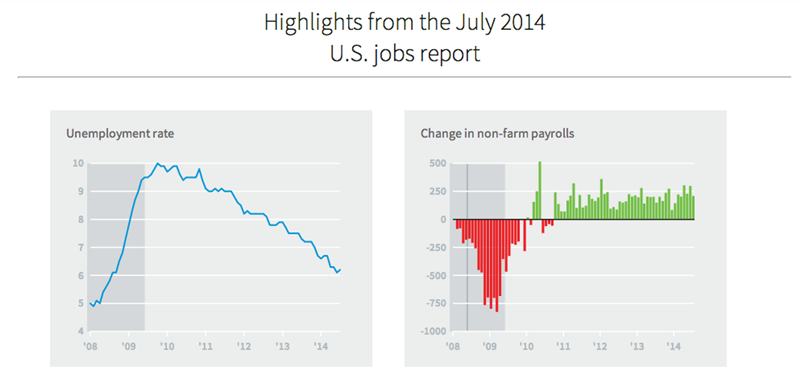7 Rookie Mistakes Even the Pros Make (BRKB)
Post on: 16 Март, 2015 No Comment

The best investors learn from their mistakes over time. And because I’ve made plenty of mistakes during my career, I’ll optimistically say that means I’ve had lots of room for personal growth. Lucky you, then, for being able to learn from some of the biggest mistakes I’ve made or witnessed — without having to live through the experiences yourself.
Here are seven of the biggest rookie investing mistakes you can make. Amazingly, I still see pros make these all the time.
1. Panic selling
Picture this: A company you own whiffs on meeting Wall Street’s expectations. The stock drops and so does your stomach. You’re not alone. Years of experience will harden your stomach, but there’s no shaking the primal reaction to hurl breakfast when one of your biggest holdings falls, say, 30% in a single day.
This happened to me back in 2003, when my shares of Philip Morris, now split into Altria ( NYSE: MO ) and Philip Morris International ( NYSE: PM ). fell off a cliff when the Justice Department announced it was seeking $289 billion from Big Tobacco. I panic-sold, only to watch the stock climb back and sheepishly repurchase my shares at a higher price. Ugh.
Panic selling in response to bad news is one of the worst mistakes you can make. Instead of letting your emotions get the better of you, review your original investment case and think about how new information affects the story. Even better, keep an investment journal in which you outline at the time you buy a stock what would make you decide to sell later on. And remember, big drops in a stock price can actually make for great buying opportunities. As Warren Buffett says, be fearful when others are greedy and greedy when others are fearful.
2. Using leverage
There’s no easier way to blow yourself up than by using leverage or buying on margin. Many small investors have used leverage, or margin, to amplify their returns when stocks go up. But when their investments fall in value, they’re crunched with margin call, forced selling, and big losses. Chesapeake Energy CEO Aubrey McClendon learned this lesson the hard way in 2008 when, after loading up on leverage to juice his upside on Chesapeake’s stock, he instead got crushed by the stock’s collapse. Don’t put your savings at risk by buying on margin.
Don’t ignore how leverage, or using debt, can hurt the companies you own, either. Liquidity is like oxygen: You don’t appreciate it until it drifts away. Companies that rely on short-term funding to fuel their business find themselves gasping for air when liquidity seeps away. High debt loads also put profits under greater pressure during down times and, at their worst, can force companies into bankruptcy.
3. Buying the next new thing
There is always a hot new industry that draws investors like moths to a flame. Usually, investors get smoked by following the lights. Last year, it was social media. In 2006, it was clean tech. And in 1999, it was Internet stocks. The list of booms and busts goes on and on. But despite mountains of experience, rookies and pros alike regularly allow greed to get the better of them and chase after returns and their dreams by investing in the next new thing.
4. Relying on Wall Street guidance
Wall Street analysts are notoriously bad forecasters. chronically overestimating companies’ prospects. A study by Patrick Cusatis and J. Randall Woolridge of Penn State University found that, over a 20-year period, analysts consistently missed by a mile-wide margin.














